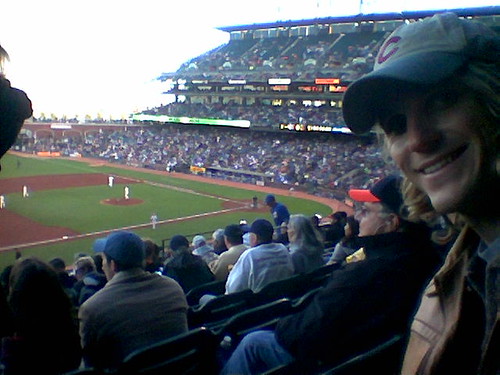There are three main basics in economies of the past, let’s say 70 years ago (these are estimates scrawled on the back of an envelope paraphrased from The Experience Economy).
1. Commodity (3%)
2. Goods (17%)
3. Services (80%)
Now there is a fourth.
4. Experience
Here’s how it plays out with Starbucks (again estimated on the back of an envelope).
1. Commodity – bean (pennies)
2. Goods – coffee ($.05 – $.20)
3. Services – paying employees ($.50 – $1.00)
4. Experience – sitting and reading, listening to music, comfy chair ($2.00 – $5.00)
Something to ponder the next time you sit down to the Venti double non-fat-soy-latte. Also are people buying art because they want to talk to the artist? This is what Damien Hirst is banking on.
Check out the book Experience Economy, or wikipedia


